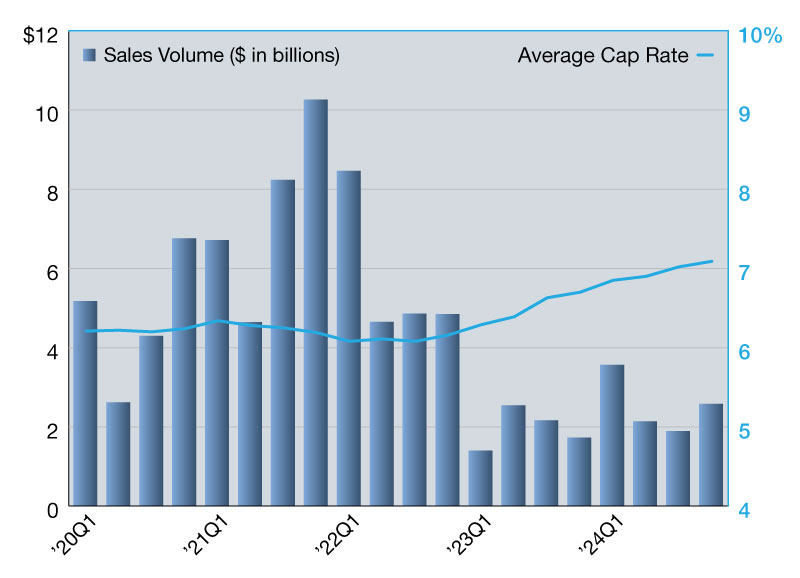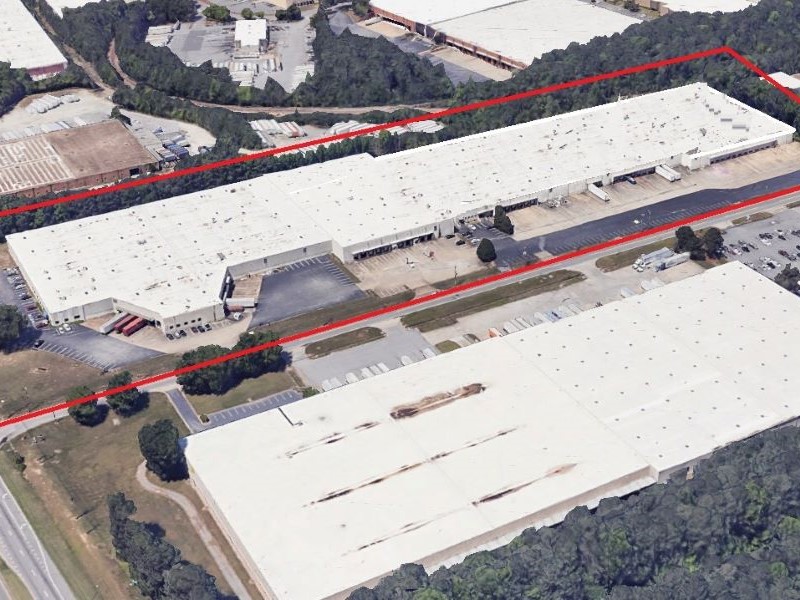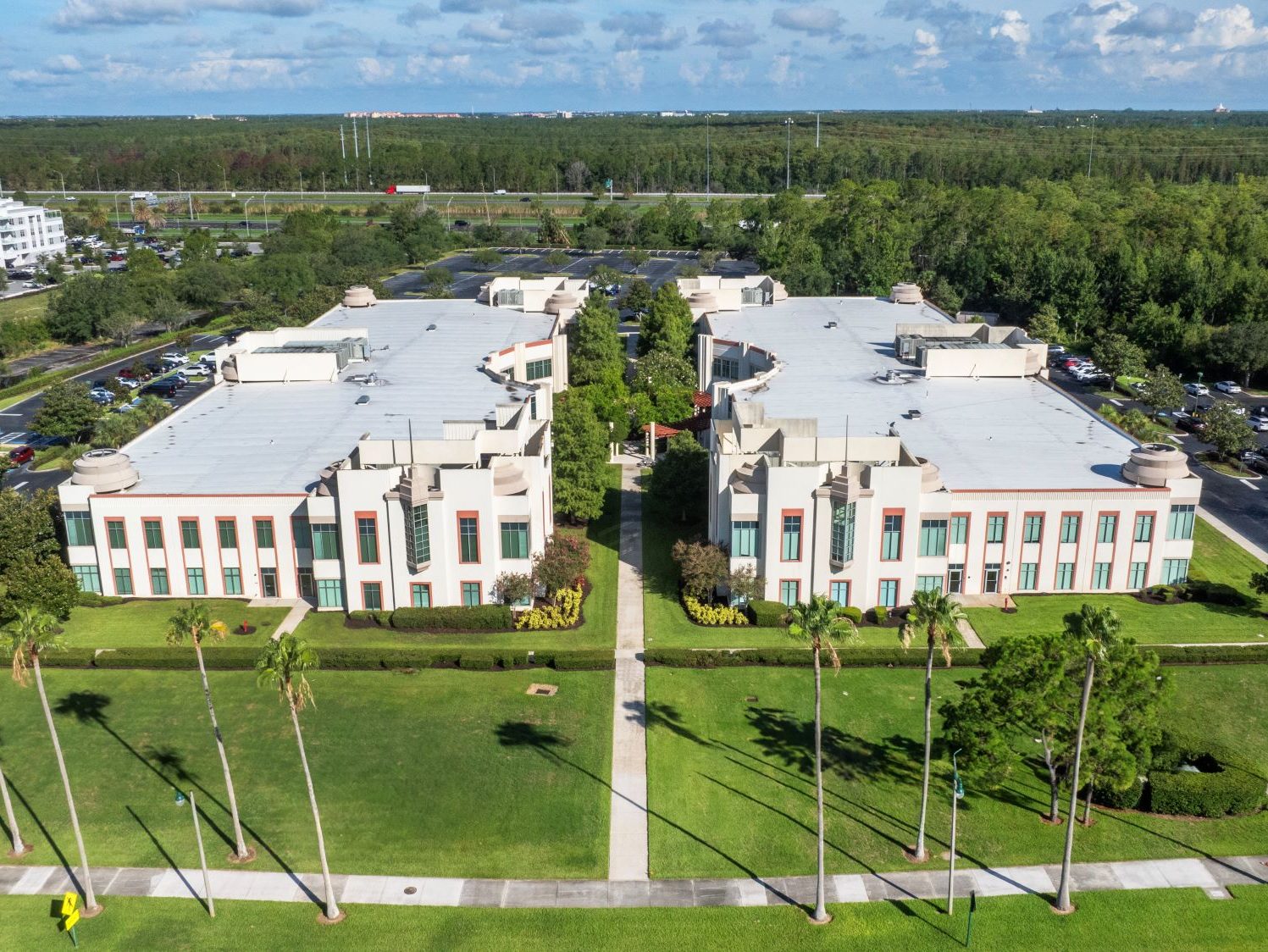Why AI Won’t Replace the Facilities Team
BuildingIQ’s Steve Nguyen discusses the most common misconceptions about artificial intelligence and the most frequent roadblocks in the adoption of the Internet of Things within the commercial real estate industry.
By Alexandra Pacurar
Artificial intelligence (AI) and Internet of Things (IoT) products are cropping up in a growing number of office and retail buildings, but we are far from calling this the norm. Commercial real estate owners and property managers are slowly warming up to solutions that can help capitalize on the data captured from sensors and other software programs. In this industry, the adoption of new technologies is a very fluid and gradual process.
What helps move things forward—according to Steve Nguyen, vice president of marketing and product at BuildingIQ—is the buzz around AI. Nguyen elaborates on the topic in the following exclusive interview with Commercial Property Executive.
How does using AI and IoT in commercial real estate influence consumer adoption?
Nguyen: There are many drivers within the market that are making IoT solutions appealing to the commercial building market. Prices of IoT devices and sensors continue to drop due to the popularity of this technology in larger markets. In addition, municipalities are exploring IoT options for infrastructure and utility programs, and more of them are starting to support this technology.
By itself, IoT enables different components of a building—like HVAC controls, temperature controls and weather forecasts—to communicate with each other, without any intelligence. This results in an abundant amount of data that needs to be manually sifted through in order to glean operational insights. This can be a time-intensive process. AI is the missing link to turn captured data into actionable insight.
During a recent speaking engagement, audience members were polled to gauge their familiarity with energy management solutions based on AI. The responses ranged from starting a pilot to no current plans to implement to everything in between. The fact is that many buildings may have some form of AI already being used within them. Consumers have realized that without AI, they often suffer from information overload. With AI data, analysis and diagnosis can be reached, which is a major value-add for the facilities teams and can allow tenants to realize operational and energy efficiencies.
What are the most common misconceptions about AI?
Nguyen: Many may hear the term AI—as it relates to energy management—and envision a fully autonomous building that doesn’t require an on-site facilities team. This is not true today and unlikely to occur for the vast majority of buildings in our professional lifetime. AI is best suited to augment the role of a facilities team, not replace it. In fact, AI and machine learning systems are particularly ideal for learning more about the relation between input and output variables, without mathematical models, and being solely data-based, we can use those systems to infer the best decision or action to be taken. This makes AI a valuable tool for a variety of activities—from optimizing energy usage to fault detection—within a building.
Yet, human expertise is still needed to add context to AI. Let’s say AI algorithms are used to identify three possible faults within a building. There are often many more subtle, qualitative aspects to detection issues that require a person to filter. Cost, ROI and budget need to be taken into consideration to balance resource constraints. AI is also not adept in recognizing which work/tasks should be prioritized in a building to minimize tenant disruption.
What is the most popular AI and IoT product/service used in CRE, and why do you think this is?
Nguyen: The most popular solutions are those that can add intelligence to capitalize on the data captured from IoT sensors and other sources. Reporting data is not enough. The market is shifting to insights as a service. Insights-based services can range from the identification, prioritization and prediction of faults to energy benchmarking with insights into improving daily operations. By knowing how to capitalize on the data provided, facilities managers can make real-time decisions to help optimize energy management.
These solutions need to also have a strong ROI in order to be adopted now. That’s why the use of AI and IoT to minimize energy usage and promote preventative maintenance will be adopted first. These activities capitalize on unrealized savings. For instance, the BuildingIQ platform can typically create energy reductions in HVAC consumption in the range of 10-25 percent, with reductions climbing as high as 40 percent during operational peaks. Such savings can be achieved when building HVAC systems are operating at full capacity—a status that can sometimes take considerable time to achieve.
As a result, the BuildingIQ platform can also be used to detect energy anomalies or drains that may need to be addressed. The scalability of the platform makes it intriguing from a CRE perspective as performance for an entire portfolio of buildings can be viewed in one platform, regardless of the state of the building.
When do you think we will see AI products and services become the norm in CRE?
Nguyen: It’s hard to pinpoint when AI will become the norm. The biggest roadblock to the adoption of IoT in the built environment is education, but that is changing with the explosion of information on its benefits and streamlined implementation now available. When it comes to the adoption of AI, legacy buildings are in different stages of technology adoption. There is a ‘journey’ that buildings need to move through: (1) education, (2) initial implementation and fixes and (3) expanding capabilities. We’ve found that for portfolio or campus holders of any reasonable scale, the buildings they own and manage run the gamut from barely capable to fully automated.
Consider the BuildingIQ platform. It’s able to provide closed-loop control of a building’s HVAC system to minimize energy usage. This is done through predictive analytics and machine learning that account for utility signals, occupant comfort, building characteristics and weather forecasts. The platform can identify that the price of energy will peak at midday and precool the building so that it can reduce energy usage during the most expensive points in the day. While some clients are comfortable with this full control, others prefer to receive operational insights delivered to them so they can make the changes manually to reap the same benefits.
Which CRE sector benefits most from AI technologies and IoT, and why do you think this is?
Nguyen: Commercial office buildings are prime targets for AI and IoT technologies as they are highly predictable in terms of energy usage. Furthermore, Class A office spaces typically feature very capable HVAC systems that are the foundation of IoT enablement. For these buildings, ‘extending’ the HVAC/BMS is a matter of implementing wireless sensor systems, leveraging internal and external data streams, as well as finding correlations among data. In other words, these buildings have huge amounts of data that can be fed into AI systems.
There is also a large opportunity when it comes to small- and medium-sized buildings such as big-box retailers. Without an on-site operations team, it makes sense for these buildings to use an IoT solution to outsource energy management. With multiple locations with practically the same layout, it provides a large data set to pull from to develop energy standards across the board.
What are your expectations from AI and CRE in 2018?
Nguyen: There will continue to be a ramp-up in education and interest throughout the year. We believe we’ll also see folks settle into the notion that there is no one definition for AI and IoT in the buildings industry.
The CRE industry tends to be slow when it comes to the adoption of new technologies. However, relatively speaking, IoT and AI have already been ingrained in numerous other markets like finance and manufacturing. The continued hype around AI will help to pique interest and push forward more pilot programs and implementations within commercial buildings.
Image courtesy of BuildingIQ








You must be logged in to post a comment.